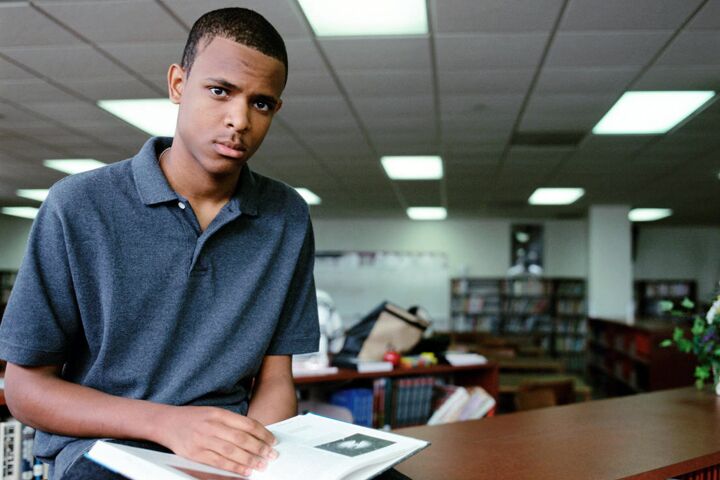
Higher Education Hit by Credit Crunch
The credit crunch engulfing the Wall Street financial sector may be about to claim another victim: college students.
According to the Chronicle of Higher Education (December 21) universities and students may be about to feel the effects of tightened credit markets.
“We know the mortgage crisis is hitting the community pretty hard,” said Lynn Fox, director of financial aid at the University of the Pacific. “You see it and you have to think, that’s certainly going to affect some of our students and their families.”
The bottom line for students is that if the credit markets don’t loosen up before the start of the next school year, any students requiring money beyond the limits of government-subsidized loans ($3,500 to $5,500 for undergraduates) may be in for a shock: higher rates and tougher eligibility requirements.
Students who just rely on government-subsidized loans “should be OK,” says Mark Weadick, managing director at Citigroup. It is those who rely on private loans that will be in trouble.
“It’s really a tough time,” notes Jeff Noordhoek, president of Nelnet Inc., a large student-loan company. He said investors who have previously provided the funding for student loans have taken “such massive losses” that they probably will be very reluctant to continue to invest. Student loans, along with many other asset-backed loans, have been dragged down along with the subprime-mortgage market.
Another factor directly affecting the ability of students to access funding for school is falling home prices. As home prices continue to drop, fewer families will be able to borrow against their equity to finance college expenditures.
A 2002 survey found that 10 percent of parents had remortgaged their property or taken out an additional home loan to cover college costs. Another 14.8 percent said they planned to do so. Now that home prices are falling, and the lending market has tightened up, this avenue of borrowing is also constricting for students.
Some universities are also beginning to be pinched—and some may be about to get hit from two sides. Not only is the credit crisis increasing borrowing costs for many schools, it may also start to limit the number of students who can afford to enroll. For schools like the University of the Pacific, which depends on tuition for more than 80 percent of its budget, this could be a big problem.
The credit crunch is definitely spreading. 2008 could be a very tough year for more than just students.
For more information on the origins of the credit crunch and potential ramifications, read “The Con That Turned the World Against America” and “Bear Stearns Reports First-Ever Quarterly Loss.”
